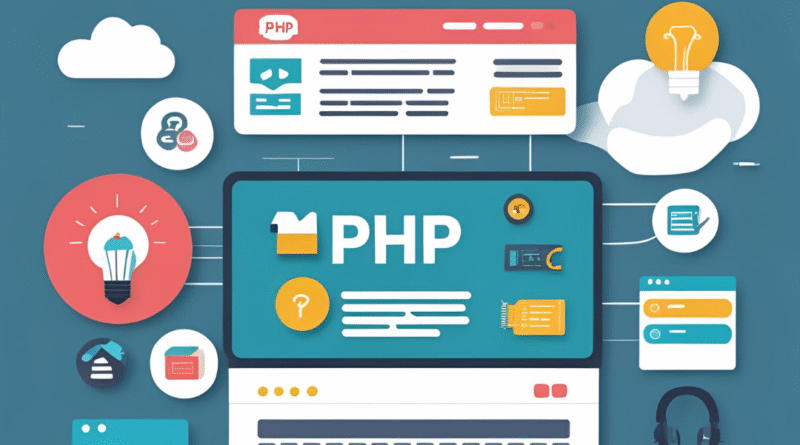PHP Basics:- Variables and data types ($var, strings, integers, floats, booleans, arrays, NULL)
Your First Steps with PHP: Understanding Variables and Data Types
So, you’re curious about PHP? Fantastic! It’s a super popular language for building websites and web applications. To get started, one of the most fundamental things you’ll learn is how PHP stores and handles information. This is where variables and data types come in. Don’t worry, it’s simpler than it sounds!
What’s a Variable? Think of it as a Labeled Box!
Imagine you have a bunch of different things you want to keep track of – your age, your name, whether you’re online or not. Instead of just throwing them all over the place, you’d put them into labeled boxes, right?
In PHP, a variable is exactly like one of those labeled boxes. It’s a container that holds a piece of information. The best part? You can change what’s inside the box whenever you need to!
In PHP, all variables start with a dollar sign ($). So, if you want to store your name, you might create a variable like this:
PHP
$yourName = "Alice"; // We've put "Alice" into the box labeled $yourName
Different Kinds of Stuff: PHP Data Types
Just like you wouldn’t put a liquid into a box meant for solid objects, computers need to know what kind of information you’re storing. This is what data types are all about. PHP is smart and often figures out the data type for you, but it’s good to know what’s going on under the hood.
Here are the most common data types you’ll encounter in PHP:
- Strings (Text): If you’re storing words, sentences, or any kind of text, you’re using a string. Strings are always enclosed in single (
') or double (") quotes. PHP$greeting = "Hello, world!"; $favoriteColor = 'Blue'; - Integers (Whole Numbers): When you’re dealing with whole numbers – no decimals allowed! – you’re working with integers. PHP
$age = 30; $numberOfApples = 7; - Floats (Numbers with Decimals): Also sometimes called “doubles,” floats are for numbers that have a decimal point. Think of prices, measurements, or anything that might have a fraction. PHP
$price = 19.99; $piValue = 3.14159; - Booleans (True or False): This one is super simple but incredibly powerful. Booleans can only hold two values:
trueorfalse. They’re perfect for yes/no questions or checking conditions. PHP$isLoggedIn = true; // Yes, they are logged in $isAdmin = false; // No, they are not an admin - Arrays (Lists of Things): Imagine you have a shopping list. Instead of making a separate variable for each item, an array lets you store a collection of related items in one place. You can have lists of names, numbers, or even other lists! PHP
$fruits = array("Apple", "Banana", "Cherry"); // A list of fruits $luckyNumbers = [7, 13, 21]; // Another way to create an arrayYou can access individual items in an array using a number (starting from 0): PHPecho $fruits[0]; // This would output: Apple - NULL (Nothing at All): Sometimes, a variable might exist, but it doesn’t hold any value yet, or perhaps its value has been intentionally cleared. In PHP, we use
NULLto represent this “empty” or “no value” state. It’s not the same as an empty string or zero; it literally means “nothing.” PHP$unknownValue = NULL; // This variable currently holds nothing
Why Does This Matter?
Understanding variables and data types is the bedrock of writing any useful PHP code. Once you grasp these concepts, you’ll be able to:
- Store user input from forms.
- Perform calculations.
- Make decisions in your code (e.g., “if the user is logged in, show this content”).
- Organize and manage complex data.
So, take a moment to play around with these concepts. Create some variables, assign different data types, and see what happens. This is your exciting first step into the world of PHP development!



